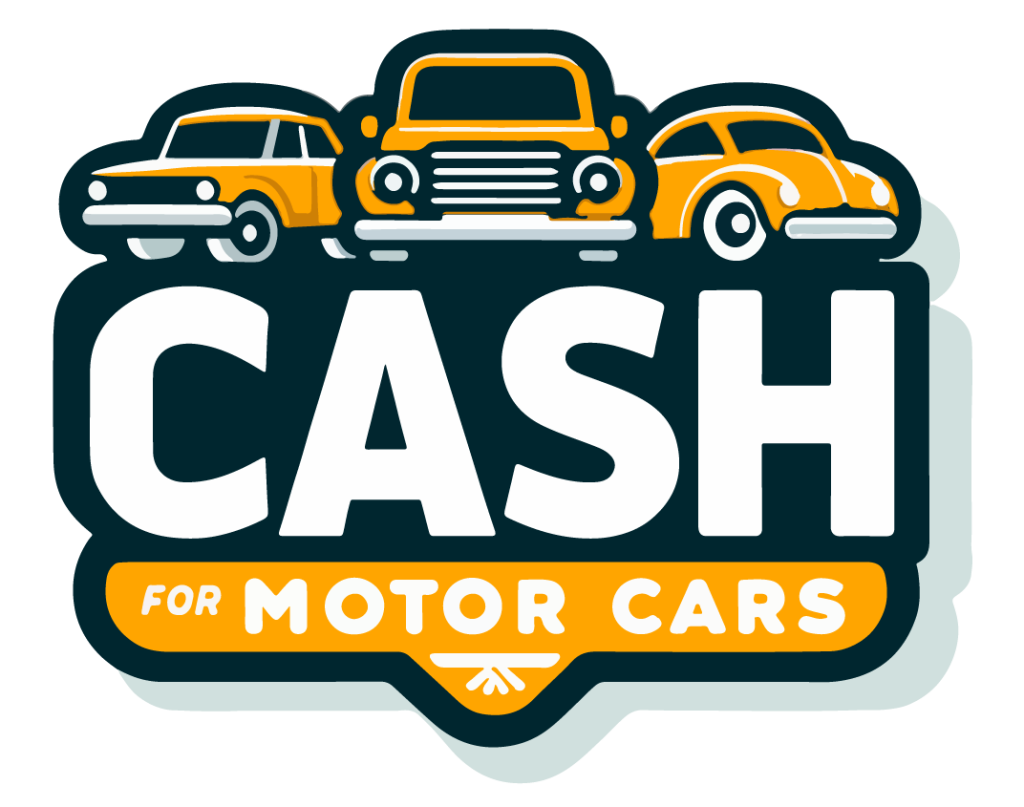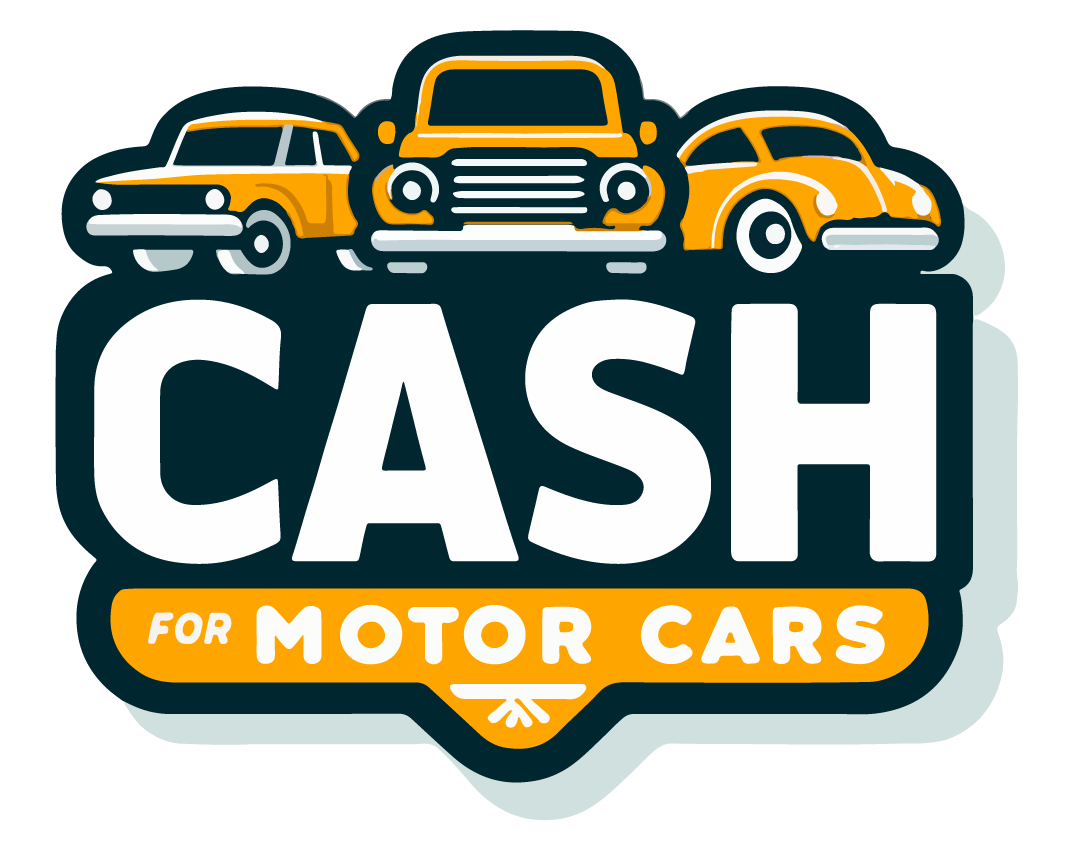Get an Immediate Cash Offer with Our Instant Car Valuation
Sell my car in Leeds
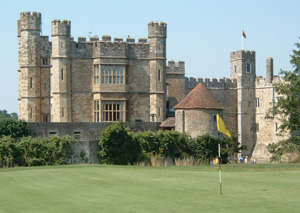
All of these are iconic parts of Leeds and reflect what the city believes in and strives to achieve. However, these aren’t the only things you’ll notice when you visit this beautiful place. For one thing, you’ll observe a diverse economy that caters to a wide range of industries, including manufacturing, banking, finance, education, health, retail and media. You’ll also see numerous landmarks that strive to preserve the city’s history and culture while creating a stimulating environment for both the locals and visitors.
Of course, if you’re a Loiner, these things are probably old news to you. But what you might not know is this: Leeds is one of the best places to get rid of your unwanted SUV, hatchback or people carrier. This comes from the fact that The Car Buying Group has an office in the city, allowing you to sell your car in Leeds without any fuss or hassle. Just enter your vehicle registration details and other information in our online valuation tool and, once you’re done, click to get your free quote. If you’re satisfied with it, get in touch with us so we can agree on the final price and confirm when and where we’ll collect your car. We’ll process the paperwork quickly and efficiently to ensure you’ll receive your payment within the shortest possible time!
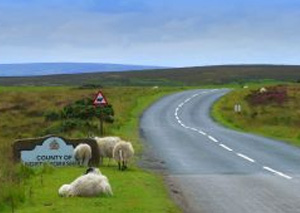
Leeds: Looking Back to the Past
731 AD ? The Venerable Bede mentioned Loidis (which is the origin of the name “Leeds”) in his book Ecclesiastical History of the English People, noting that it’s the location of a church built by Edwin of Northumbria.
1086 ? The Domesday book mentioned Leeds (written as “Ledes”) which, at that time, had around 27 households, 6 ploughlands and 10 acres of meadow. Its tenant-in-chief was Ilbert de Lacy, who was one of the favourite men of William the Conqueror; de Lacy’s descendants subinfeudated Leeds to the Paynel Family.
1207 ? Maurice de Gant, who was one of the Paynel descendants and was the Lord of the Manor at the time, founded a new town in Leeds and built houses and streets to fuel the area’s urban development.
13th to 15th century ? During this time, Leeds remained a small town with a slow economic growth rate. Most of the residents were engaged in agriculture.
Late 15th to 17th century ? Leeds transitioned from a small, unknown settlement to a cloth-trading town. It specialised in making cheap but good-quality cloths that were known as “Northern Dozens” or “Yorkshire Broadcloths”.
1643 ? Sir William Saville occupied Leeds for the Royal cause during the Civil War. He was later defeated by the Parliamentalist Sir Thomas Fairfax.
1700s ? Leeds became known as one of the largest and most flourishing towns in Britain, and its cloth market was described by Daniel Defoe as “unequalled in the world”. Its population rapidly grew, rising to around 16,300 people.
19th century ? The Industrial Revolution ushered in the economic growth in Leeds. Benjamin Gott and other entrepreneurs introduced machinery that made it possible to mass-produce cloths. Sewers, gas-powered street lamps and railway connections to other cities were incorporated into the area. Public libraries, music halls and shopping arcades were also built.
20th century ? Leeds continued to grow rapidly in the early 1900s. Council houses were developed along with the construction of St. James Hospital. Manufacturing, banking, insurance and hospitality industries became an important part of the local economy.
Leeds Here and Now
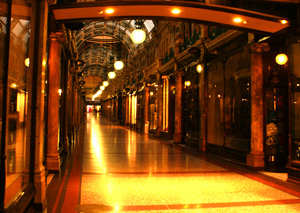
The local economy is improving day by day as both the government and the private sector do their part. New developments like Trinity Leeds and the First Direct Arena, for example, have helped in sparking a five-year boom that will see the city’s economic standing surge from £21 billion to £24 billion. The property sector is also picking up, with Leeds-based developer Citu seeking the council’s permission to build energy-efficient flats and family homes.
Of course, the government and the local authorities are doing their best not just to enhance the economy but also to help the residents enjoy a good quality of life. The NHS Third Sector CCG Grant Scheme, for example, has been launched to give Leeds charities and communities a chance to obtain funds worth up to £50,000, which they must use to improve the health of Loiners. The Leeds Children’s Hospital, meanwhile, has recently acquired a medical robot named Da Vinci that will give paediatric surgeons better control and will pave the way to more successful surgeries.
The Leeds City council also works with many organisations to encourage people to be more active and swap their cars for bikes. The council has even partnered with the West Yorkshire Combined Authority and City of Bradford Metropolitan District Council to build CityConnect, a project that aims to create a 23-kilometre superhighway that runs from East Leeds to Bradford Centre. CityConnect will help cyclists be safer on the road while giving them more route options.
With these cycling initiatives in mind, you’ll definitely find that selling your car in Leeds and switching to a bicycle are some of the best things you can do. Contact us here at The Car Buying Group now to find out how we can help you dispose of your 4×4, hatchback or saloon!
